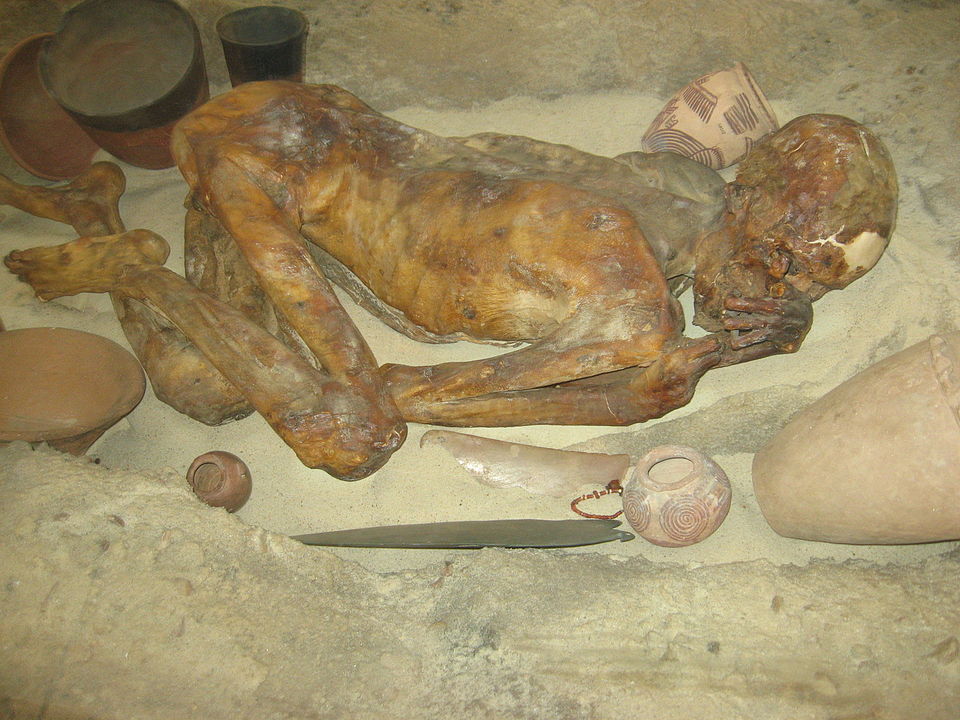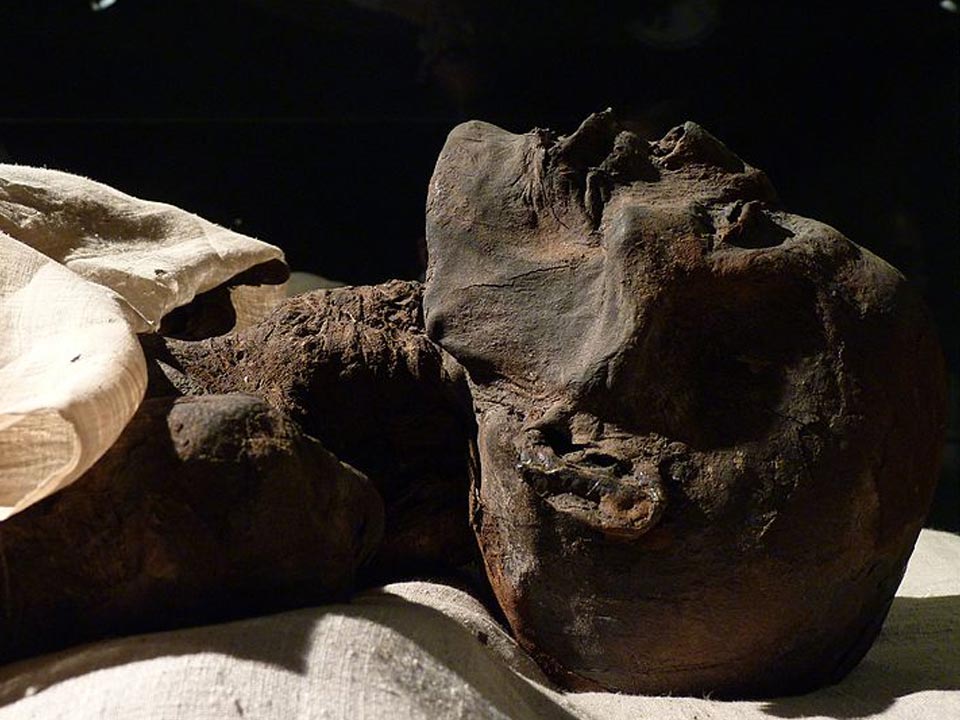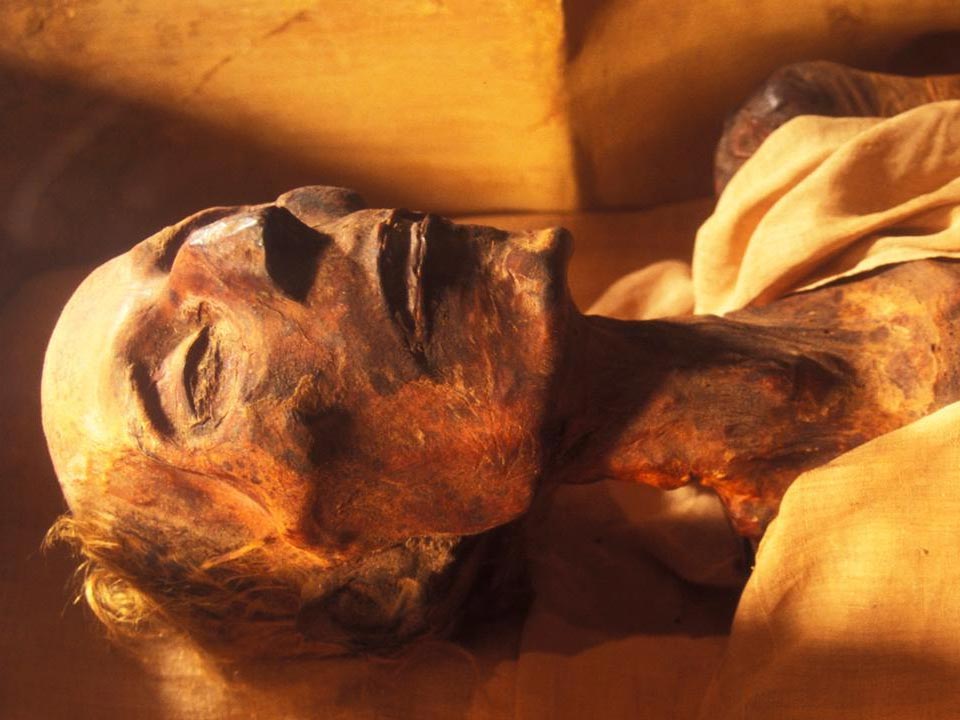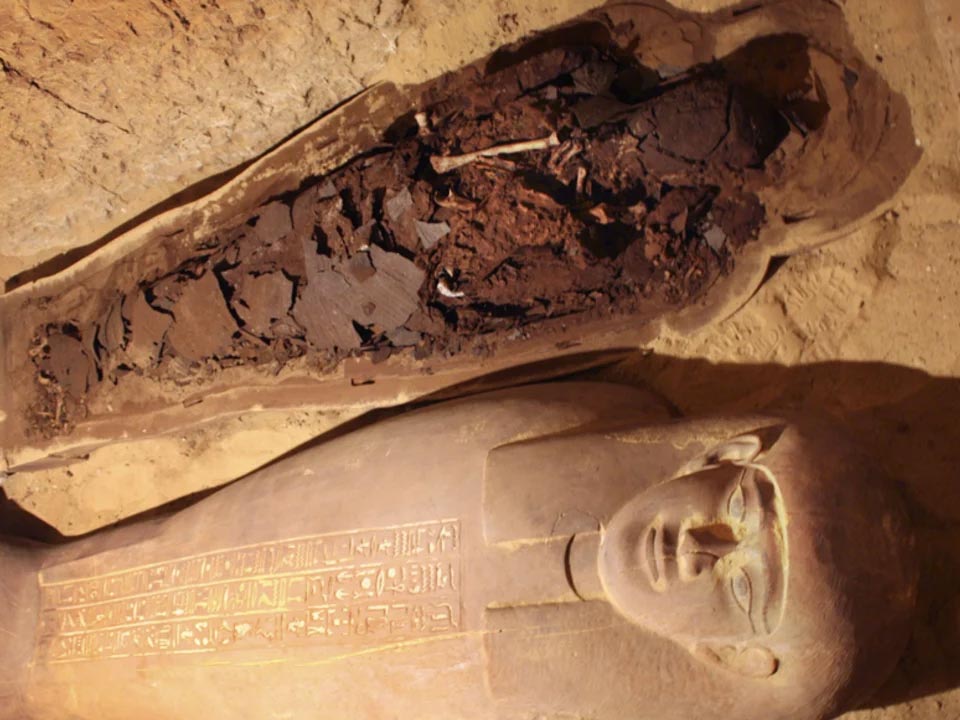Timelines
Lorem ipsum dolor sit amet, consectetur adipiscing elit. Morbi consequat aliquam turpis, vitae condimentum odio mattis sed. Morbi purus sapien, vehicula eget interdum sed, accumsan sed tellus. Ut pulvinar dolor eget ipsum condimentum viverra. Donec scelerisque eu neque eget pretium. Pellentesque a mattis lectus, nec blandit nisi. Proin ut velit risus. Donec non rutrum lorem, vitae dignissim diam. Aliquam dapibus rutrum augue non mollis. Aliquam ac ultricies mi. Fusce augue augue, vestibulum ut luctus et, porta non sem. Curabitur magna mauris, efficitur et ligula eget, finibus pellentesque erat. Maecenas et auctor odio. Pellentesque sed facilisis lorem, in ullamcorper sem. Sed tempor nunc at risus luctus tempus. Aliquam nec ornare sem, in scelerisque ex.
In ut convallis orci. Nulla facilisi. Fusce pellentesque sed dui non fringilla. Aenean sed massa quis dui imperdiet sagittis eu et risus. Morbi rutrum fringilla velit, in mollis mi cursus sed. Nullam feugiat sagittis nibh et auctor. Vestibulum dignissim, turpis in fermentum eleifend, lectus mauris auctor risus, et tincidunt velit risus vel ante. Nunc volutpat, nunc rhoncus ultricies laoreet, arcu mauris cursus risus, id consectetur nulla turpis eu velit. Nullam ultricies eros ac mattis molestie. Ut vitae euismod neque. Integer nec accumsan velit, nec hendrerit purus. Quisque quis odio vel purus rutrum pretium.
Egyptologists often rely on the mummies themselves to shed light on the processes that preserved them. Below is a timeline showing the evolution of Egyptian mummification, from sand-pit burials, to the ornate styles that we think of when we think mummy.
c. 4300-3100 BCEPre-Dynastic
Learn More about Pre-Dynastic Mummification

By Jack1956, CC BY-SA 3.0, https://commons.wikimedia.org/w/index.php?curid=3584762
The earliest Egyptian mummies were not preserved intentionally. Buried in sand pits with their knees to their chests and their hands to their faces, they would be surrounded by pottery and other grave goods, objects of ritual significance that will be buried with the dead, and would face either the setting or rising sun. Over time, sand and other environmental factors would mummify them naturally.
By the end of the Pre-dynastic period, Egyptians began to experiment with methods of preserving mummies intentionally. Evidence suggests that it was fishers who recognized that their catch would be preserved best if the fish was salted and dried, and if the internal organs were removed. Wealthy Egyptians began to have their organs removed upon death as early as c. 4000 BCE, though the practice didn’t catch on with lower class citizens for many years.
Examples of Egypt’s natural mummies include the Gebelein pre-dynastic mummies, now kept in the British Museum.
At-A-Glance:
• Inspired by the natural mummification caused by being buried in sand.
• Bodies would be buried in the fetal position, on their sides, surrounded by grave goods.
• Experimentation with the removal of internal organs.c. 3100-2675 BCEEarly Dynastic
Learn More about Early Dynastic Muffification
In the Early Dynastic period, mummification became more complex. The mummy of a woman from the Second Dynasty was found on her side in the fetal position, dried with natron salt or a similar preservative, then wrapped in linens, with each limb wrapped separately. These linens would have been soaked in a type of resin, which would harden and preserve the shape of the body, then covered in a layer of plaster. Typically, mummies from this period were dressed in clothes and jewelry that were once worn by the deceased. In some cases, their faces would be covered with a clay mask.
The use of amulets, or small magical tokens, began in this period. Believed to be charged with spells of protection, these amulets would be tucked into the mummy’s wrappings or set on top to ward off evil in the afterlife.
Unfortunately, due to their age and to the carelessness of historic tomb raiders, mummies from this period are rare. The mummified arm of the pharaoh Djer – or possibly of his wife – was the only piece of him found in 1900, only to be discarded by a museum curator who was more interested in keeping the jewelry.
At-A-Glance:
• Introduction of different preservatives, linen wrappings, face masks, and amulets
• Each limb would be wrapped separately in linens that had been soaked in resin
• Amulets would be placed on the body or in the wrappings to protect the mummy and the soul from evil forces, both magical and physicalc. 2675-2130 BCEOld Kingdom Muffification
Learn More about Old Kingdom Muffification
The Old Kingdom marked the beginning of the mummification process we know today.
After removing the internal organs, linen, soil, or sawdust would take their place to prevent the mummy from looking shrunken. The body would then be wrapped in spiraling bandages, with each limb wrapped separately. It would be adorned with amulets, and sealed using resin and oils.
Plaster was applied to the face and painted to imitate the deceased. However, following the tradition developed in the Early Dynastic period, a mask was also placed over the face which depicted the deceased. At the beginning of the Old Kingdom, this mask was simple, made of terracotta and straw, and only covering the face, but by the end of the period, a helmet style developed which covered the entire head and went down onto the shoulders.
One of the oldest known usages of canopic jars was found in the Old Kingdom tomb of Queen Hetepheres I, the mother of pyramid-builder Khufu. Canopic jars were vessels, typically vase-like in shape, in which Egyptians would place the internal organs of mummies after removing them from an incision on the left side of the stomach.
The most important of these organs was the heart, which Egyptians believed to be the source of all emotion and logical thought. Because of this, they left it in the body during mummification. Alternatively, Old Kingdom Egyptians began removing the brain, which they thought was useless.
During this period, for the first time, mummies were laid to rest with their bodies fully extended. Their arms would be placed by their sides and their legs were no longer pulled into their chest. They were placed in their coffins on their left sides, facing the rising sun.
At-A-Glance:
• Internal organs were still being removed, and the body was filled linen, soil or sawdust.
• Canopic jars, which stored removed organs, came into fashion
• Bodies were placed on their sides, now fully extendedc. 2130-1980 BCEFirst Intermediate
Learn More about First Intermediate Muffification
Despite civil unrest and the reinstated division between Upper and Lower Egypt, new techniques for mummification flourished at this time. No longer were limbs individually wrapped, but the entire body was wrapped as a whole, and then covered with several layers of shrouds. Interest waned in shaping the body using resin and various filling materials.
The classic mummy mask was developed during this period. It was made of cartonnage, or layers of plastered linen, that had been shaped to represent the face of the deceased, then painted in blue and gold.
At-A-Glance:
• The body was wrapped as a whole, instead of having each limb wrapped individually.
• Multiple layers of shrouds were laid on top of the body after it had been wrapped
• A cartonnage mask, painted blue and gold, would cover the head and shouldersc. 1980-1630 BCEMiddle Kingdom Mummification
Learn More about Middle Kingdom Mummification

By Jack1956, CC BY-SA 3.0, https://commons.wikimedia.org/w/index.php?curid=3584762
After spending four centuries apart, Upper and Lower Egypt once again unified, beginning the Middle Kingdom and introducing a variety of mummification styles. Some mummies had their organs removed surgically, some had them dissolved, and some kept them in place, only removing the brain.
When the organs were removed, it became more common for them to be placed in canopic jars, though the choice of which organs were preserved in this way was not yet standardized. The jars themselves also changed in appearance, becoming more decorated, and gaining lids shaped like human heads.
Middle Kingdom mummies would be covered in dark resin, a practice which became so standard that the word “mummy” actually comes from the Persian word “mumiya”, meaning wax or pitch, and referencing the resin. For perhaps the first time, embalmers began to experiment with arm positions, sometimes leaving them at their side, and sometimes crossing them over their chest. The body would then be wrapped in spiraling bandages, and coved in many layers of sheets. Middle Kingdom mummies were bulky and padded to prevent damage during burial.
More commonly, mummies were decorated with elaborate masks, as well as flowers, amulets, and jewelry. Some even have been found wearing wigs and artificial braids, as well as prosthetic eyes and nose plugs to maintain the shape of the face.
At-A-Glance:
• Methods of organ removal varied, but those that were removed were placed in canopic jars
• Mummies were covered with a dark resin. The Persian word “mumiya” references this resin, and became the origin of the word “mummy”.
• Wrappings were dense and extensive, making mummies appear bulky and paddedc. 1630-1539 BCESecond Intermediate Period Mummification
Learn More about Second Intermediate Period Mummification
Again divided and now under the rule of the Hyksos culture from the north, Egyptians greatly varied their mummification techniques. While internal organs were still being removed via an incision on the left side of the stomach, Egyptians experimented with limb positions.
The famous Queen Tiye was mummified during this era. She was found with one arm over her chest and one at her side. Her fingernails were painted red and black, and the hand on her chest is curled inward, as if she was holding something.
While it was still common for arms to be laid out at the mummy’s sides, it became popular for male mummies to have their arms placed over their genitals. The well-known position, with the arms crossed over the chest, emerged. By the end of the Second Intermediate Period, this style, referred to as “Osirian”, was the most popular arm placement among Egyptian nobility. Despite it being a position reserved for royals, it has become one of the most common ways mummies are depicted in popular media.
At-A-Glance:
• A divided Egypt, ruled by the Hyksos people, lost many cultural traditions.
• Organs were still being removed via an incision on the left side of the stomach
• Arm positions began to change, and the “Osirian” position (arms crossed over chest) emerged









